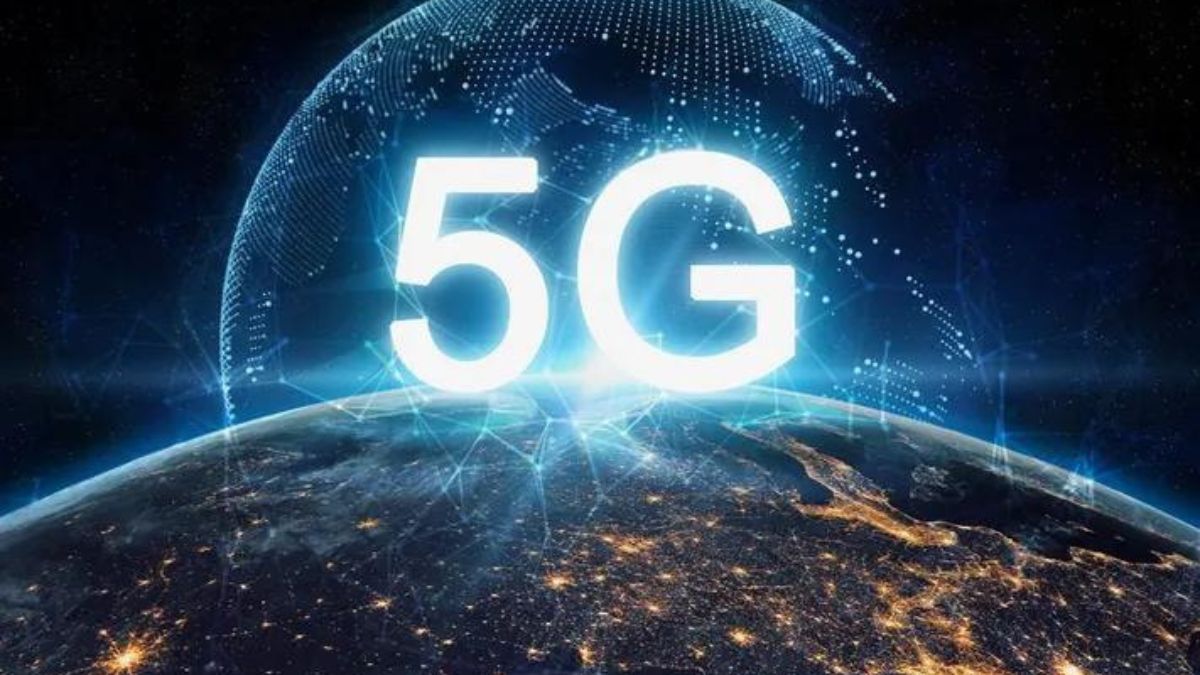
Advertisement
In the cavernous halls of the Mobile World Congress in Barcelona, telecommunications industry leaders gathered to discuss the next step in mobile communications: 5G Advanced, also known as 5.5G. Although efforts to deploy 5G networks continue around the world, the industry has its sights set on the next generation of mobile connectivity that promises faster speed, capability and innovation.
The promise of 5G Advanced: Improved mobile connectivity
As 5G revolutionizes mobile devices with faster speeds and lower latency, 5G Advanced aims to push the boundaries even further. Leaders of major telecommunications companies envision a future in which 5.5G will power applications beyond existing data-based services such as social media and advertising, video, and more. From mixed reality to the Internet of Things (IoT) and autonomous vehicles, 5G Advanced promises to open up new possibilities.
Understanding the Evolution: From 5G to 5G Advanced
5G’s successor, 5G Advanced, represents the next stage in the evolution of mobile handsets 3GPP introduces 5.5G, built on the foundations of its predecessors and It defines it as Version 18, which includes development standards and the ability to adapt to changes in user and technology business needs. 5G Advanced focuses on expanding vertical business and solving deployment problems to close the gap with 6G networks.
Key Features and Benefits of 5.5G
Telecom executives say 5.5G 5G Advanced offers a range of benefits including faster speeds, improving performance through artificial intelligence and machine learning network intelligence, and reducing power consumption. It mentions many important improvements. . Howard Watson, BT’s chief technology officer, emphasized the importance of increasing escalation capability to pave the way for communication of diverse information and instant interactions.
Monetization and Industry Impact
While operators are investing heavily in 5G deployment, they also want to use the capabilities of 5G Advanced. Telecommunications companies aim to generate new revenue and increase income from real estate investments by offering improved services and marketing plans. 5G Advanced’s focus on business-to-business applications, private partnerships and new subscription models again heralded a shift to a more multi-economic strategy.
Challenges and Decisions
Despite the promise of 5G, challenges remain in ensuring widespread and consistent adoption of compatibility with existing networks. GSMA Director General Mats Granryd highlighted concerns around bandwidth, latency and network congestion as data usage continues to rise. The timeline for the rollout of 5G Advanced remains unclear as Europe grapples with digital resources and competition.
The Road Ahead: Deployment and Customer Adoption
While Huawei hopes to begin early commercialization of 5G Advanced by 2024, the path to widespread adoption will require collaboration among industry stakeholders. Telcos need to effectively communicate 5.5G recommendations to consumers and businesses by addressing the development of advanced applications and services. With continuous testing and testing, the race to unlock the potential of 5G Advanced continues at great speed.
In summary, as the mobile phone industry embraces the emergence of 5G Advanced, stakeholders must navigate a complex landscape of standards, price of technology adoption, and market dynamics. Embracing innovation, collaboration and strategic investment, the 5.5G journey promises to redefine the future of mobile communications and bring new opportunities for economic growth and social progress.
